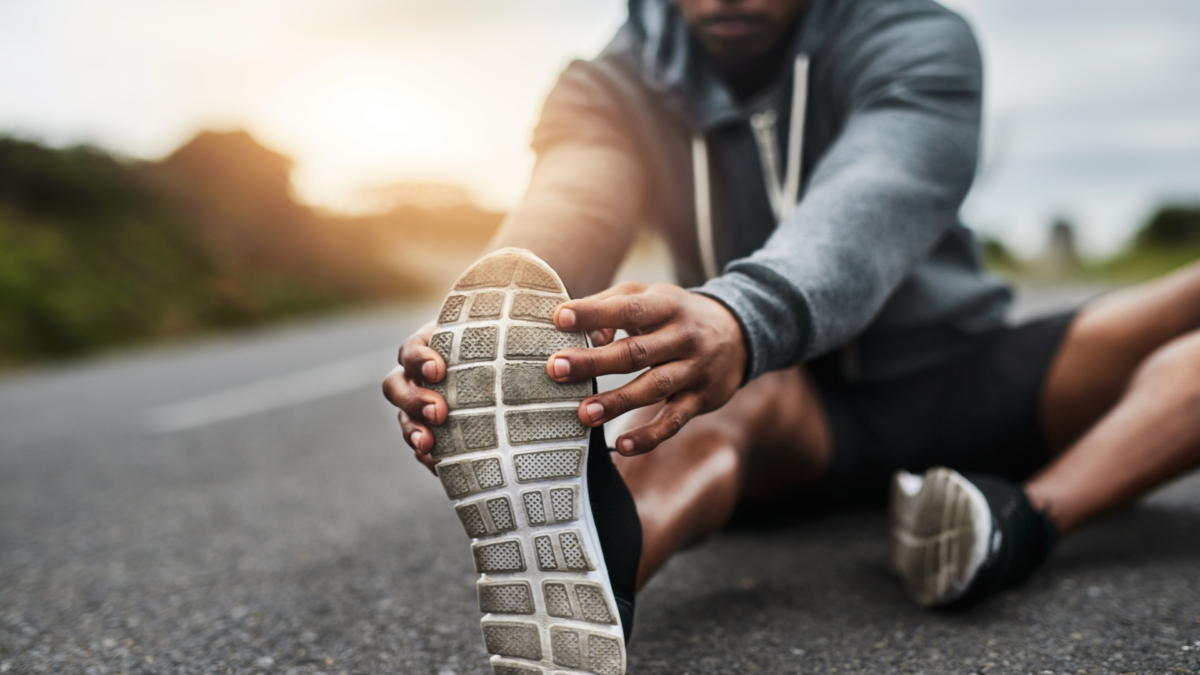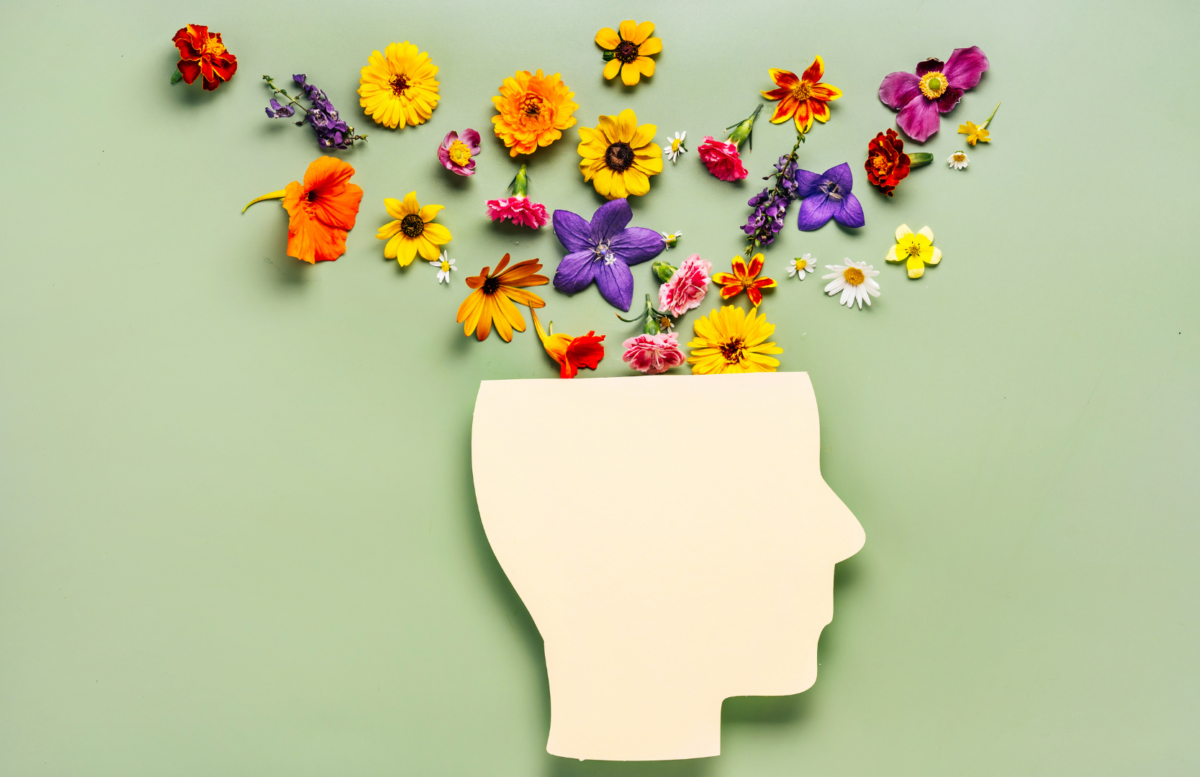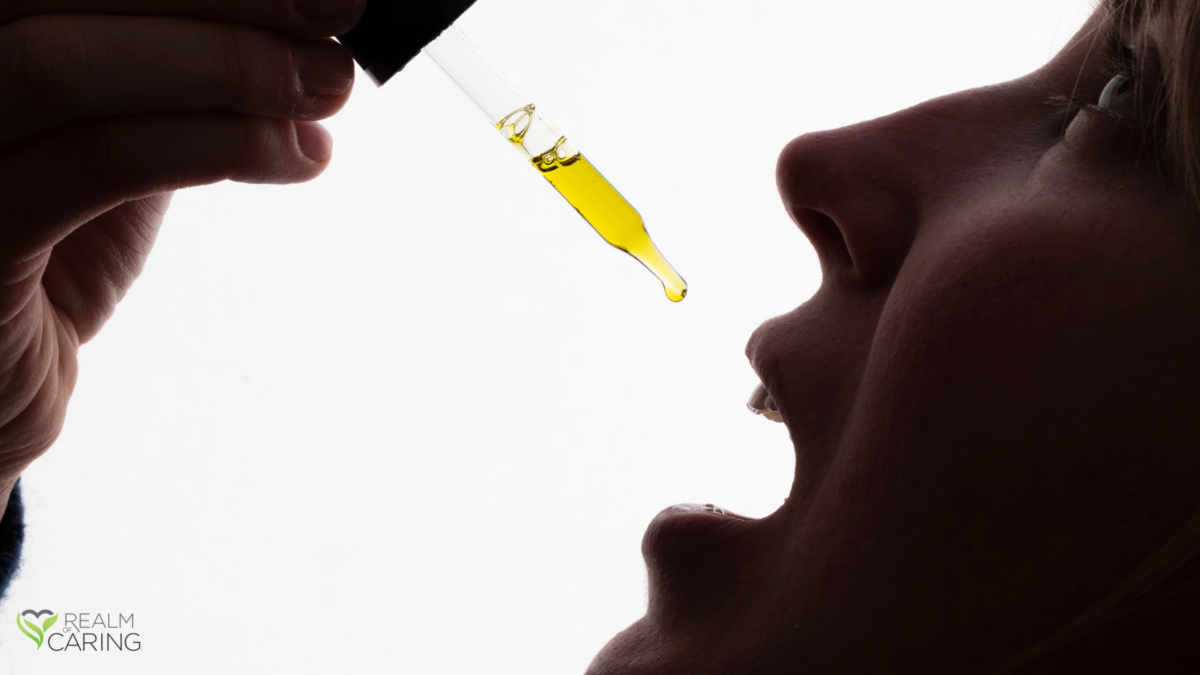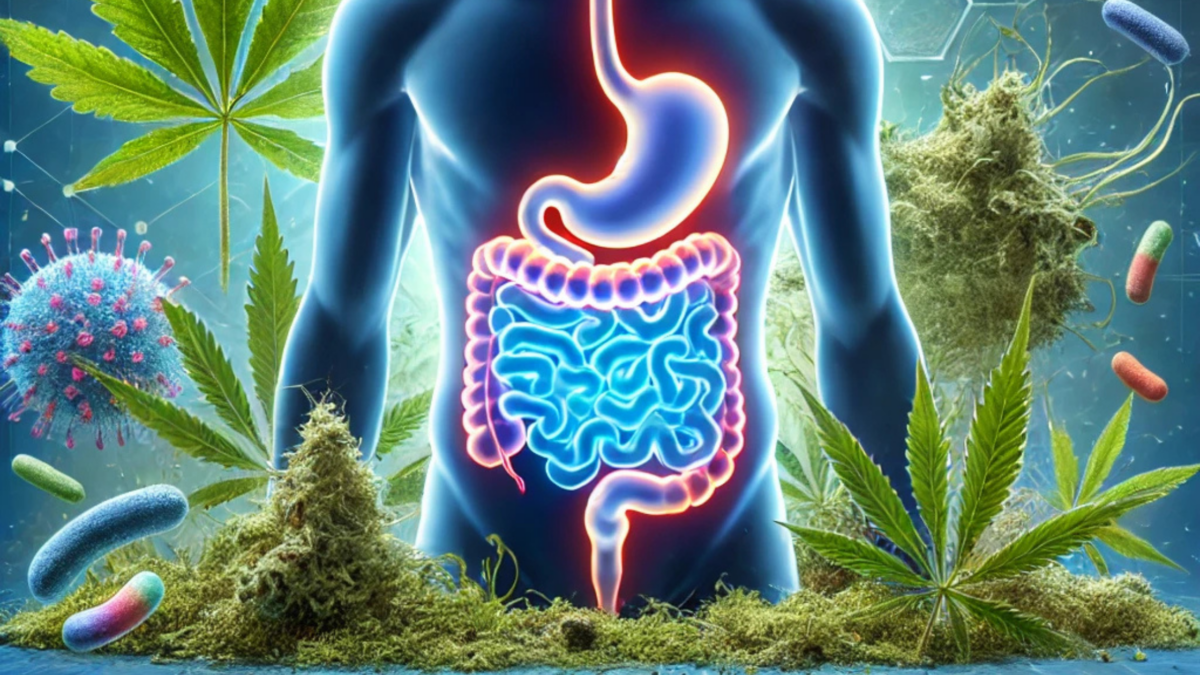In the fitness and wellness world, the key for optimal post-workout recovery has led to an exciting discovery: functional mushrooms. These powerful fungi are gaining recognition for their potential to enhance recovery, boost energy, and support overall health. Packed with vitamins, minerals, and unique compounds, functional mushrooms like lion’s mane, cordyceps, and reishi are making waves in the athletic community for their ability to aid muscle recovery and reduce stress.
Functional mushrooms impact various aspects of recovery, from reducing inflammation and supporting the immune system to improving sleep quality and enhancing endurance. This article will explore the benefits of functional mushrooms for post-workout recovery, examine the science behind their effectiveness, and provide practical tips to incorporate these super fungi into your fitness regimen.
Post-Workout Recovery Essentials
Effective post-workout recovery is crucial for athletes and fitness enthusiasts to maintain performance and prevent injuries. It involves several key components that work together to help the body repair, recharge, and prepare for future workouts.
Muscle Repair
After intense physical activity, muscles experience microscopic damage that needs repair. This process is essential for muscle growth and adaptation. Functional mushrooms may play a significant role in supporting muscle repair:
- Antioxidant support: Mushrooms like turkey tail, lion’s mane, and reishi are rich in antioxidants that could help neutralize harmful reactive oxygen species generated during exercise. These antioxidants resist oxidative stress and protect cells from damage caused by intense workouts.
- Protein synthesis: Consuming adequate protein after exercise is crucial for muscle repair. While mushrooms are not high in protein, they can complement a protein-rich post-workout meal to support overall recovery.
Inflammation Reduction
Exercise-induced inflammation is a natural part of recovery, but excessive inflammation can hinder progress. Functional mushrooms have potential for anti-inflammatory properties:
- Chaga mushrooms: Rich in antioxidants, chaga could helps lower inflammation and aids in muscle growth and tissue regeneration.
- Reishi mushrooms: Known for their anti-inflammatory effects, could help manage oxidative stress and fight fatigue symptoms.
- Turkey tail mushrooms: These fungi may limit the production of inflammatory compounds like COX-2, potentially speeding up the restructuring of ligaments, tendons, and connective tissues.
Energy Restoration
Replenishing energy stores is vital for post-workout recovery and preparation for future training sessions. Functional mushrooms may contribute to energy restoration in several ways:
- Cordyceps: This mushroom may impacts oxygen absorption, potentially enhancing endurance and relieving sore muscles during recovery. Studies have shown that cordyceps can increase endurance and reduce fatigue after one week.
- Reishi: Known for its adaptogenic properties, reishi may help the body cope with stress and regulate physiological functions. It has also been shown to reduce lactic acid in the body, promoting better recovery.
- Antrodia mushrooms: These fungi may improve muscular strength and upregulate “anti-fatigue factors,” potentially improving metabolic efficiency and sparing muscle glycogen.
By incorporating functional mushrooms into post-workout routines, athletes and fitness enthusiasts may enhance their recovery process, reduce muscle soreness, and prepare their bodies for future training sessions.
Adaptogenic Effects
Certain mushroom species possess adaptogenic properties, helping the body respond to stress, anxiety, and fatigue. Cordyceps, in particular, has a long history of traditional use and is gaining recognition in modern wellness for its potential contributions to human health. Studies suggest that Cordyceps is an effective adaptogen, supporting the body’s ability to adapt to physical and mental stressors.
Reishi mushrooms are also known for their adaptogenic effects. They impact the body’s adaptation to mental and physical stressors, making them valuable for post-workout recovery. Potentially helping the body manage stress more effectively, these mushrooms can contribute to faster recovery times and improved overall performance.
Immune System Support
Intense training and exercise can temporarily suppress the immune system, making athletes more susceptible to infections. Functional mushrooms may boost immune health during recovery periods.
Certain mushroom species, such as Cordyceps, reishi, and turkey tail, have been studied for their potential immune-modulating properties. Including these mushrooms in the diet or using mushroom extracts could support healthy immune function. For example, reishi has been shown to stimulate the activity of various immune cells, including natural killer (NK) cells and macrophages.
A study published in the British Journal of Sports Medicine observed that using reishi mushrooms in healthy football players provided immune support when exposed to stressful workouts and a low-oxygen environment. This particularly benefits athletes who are often susceptible to upper respiratory tract infections due to intense training and competition.
Incorporating Functional Mushrooms into Your Post-Workout Routine
To maximize the benefits of functional mushrooms for post-workout recovery, it is essential to understand the optimal timing, dosage, and potential combinations with other supplements.
Timing of Consumption
The timing of functional mushroom consumption can significantly impact their effectiveness in supporting recovery. For instance, cordyceps, known for its energy-boosting properties, can be taken before or after a workout:
- Pre-workout: Taking cordyceps before exercise can help boost energy levels and enhance performance.
- Post-workout: Consuming cordyceps after exercise may aid in post-workout recovery.
It is often recommended to avoid taking cordyceps late in the evening, as it may increase alertness and disrupt sleep.
Conclusion
Functional mushrooms have shown promising potential to enhance post-workout recovery, offering a range of benefits for athletes and fitness enthusiasts. These powerful fungi impact various aspects of recovery, including muscle repair, inflammation reduction, and energy restoration. Their antioxidant properties, adaptogenic effects, and immune system support make them valuable allies for optimal performance and faster recovery times.
To make the most of functional mushrooms, consider the timing of consumption, proper dosage, and potential combinations with other supplements. By incorporating these natural powerhouses into post-workout routines, athletes may speed up recovery, reduce muscle soreness, and maintain a strong immune system. This allows for consistent training and improved overall performance, making functional mushrooms a game-changing addition to any fitness regimen.
To learn more, reach out to a Realm of Caring Care Specialist, visit Unlimited Sciences, or head to Lily’s Lighthouse.













